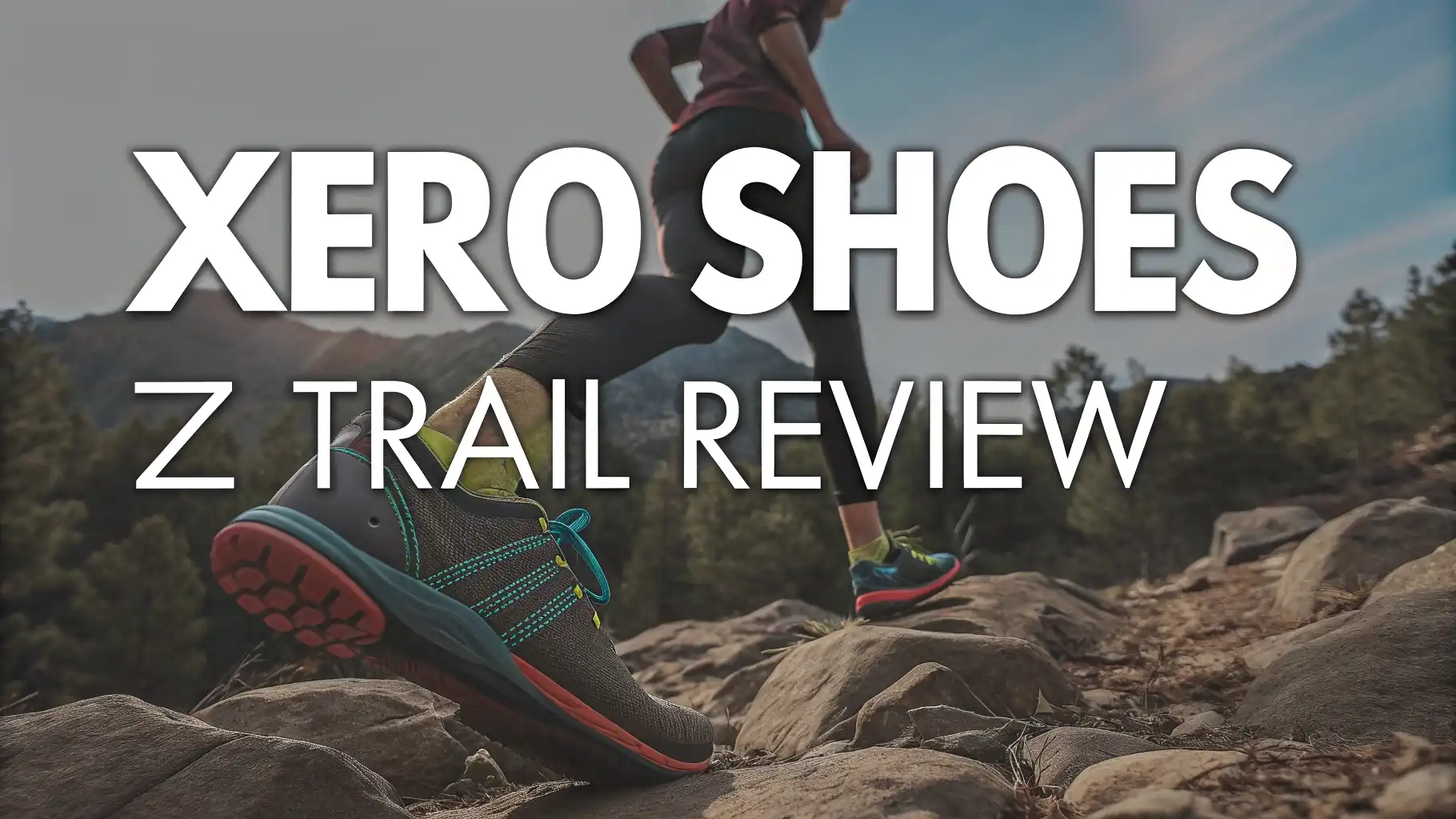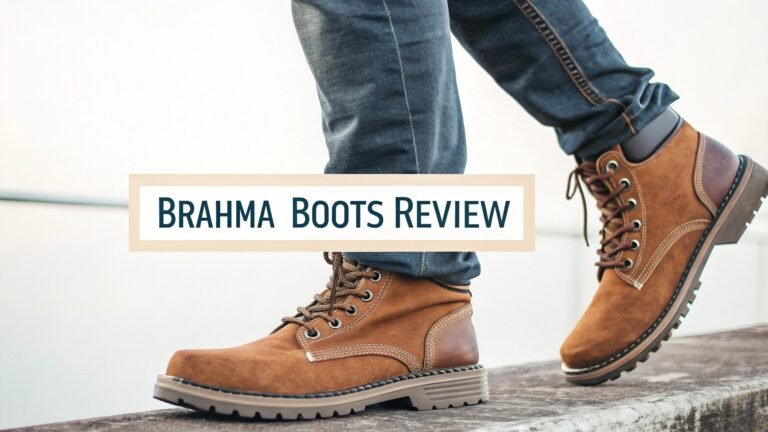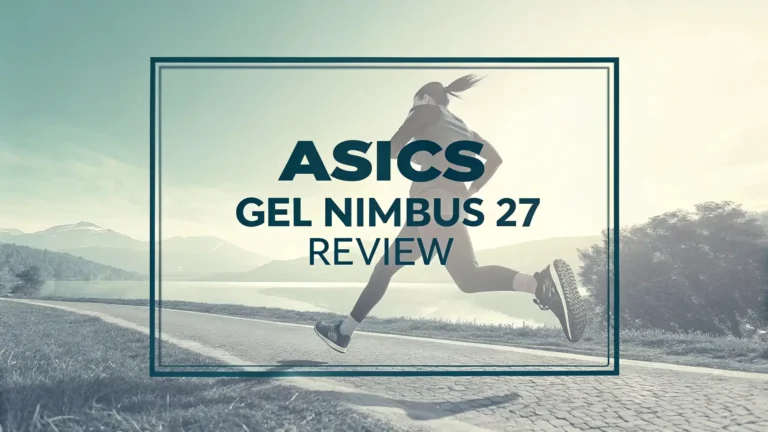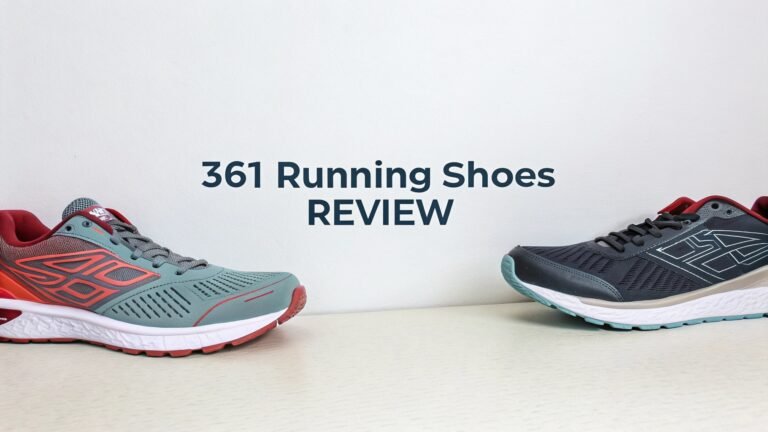Xero Shoes Z Trail Review: The Ultimate Minimalist Adventure Sandal
Ready to ditch heavy hiking boots for something that lets your feet breathe and move naturally? The Xero Shoes Z Trail might be exactly what you need. This minimalist sandal has been making waves in the barefoot community, promising a perfect blend of protection and ground connection. But does it live up to the hype?
Whether you are a seasoned barefoot runner, weekend hiker, or travel enthusiast looking for the perfect lightweight footwear, this comprehensive review will give you everything you need to know about the Z Trail.
We have tested these sandals across various terrains, conditions, and activities to bring you an honest assessment of their performance.
Key Takeaways
Here are the essential points you need to know about the Xero Z Trail sandals:
- Ultra lightweight design weighs only 0.76 pounds per pair, making them 70% lighter than traditional sport sandals and perfect for travel or backpacking adventures
- Minimalist barefoot experience with an 11mm thin sole that provides just enough protection while maintaining excellent ground feel and natural foot movement
- Versatile performance handles light hiking, trail running, water activities, and everyday wear with impressive comfort and adjustability
- Affordable price point around $80 makes them one of the most budget friendly options in the minimalist sandal category without compromising quality
- Eco friendly construction features recycled materials including webbing made from recycled water bottles, appealing to environmentally conscious consumers
What Makes Xero Z Trail Sandals Special
The Xero Z Trail stands out in the crowded minimalist footwear market for several compelling reasons. These sandals represent a perfect marriage between barefoot philosophy and practical outdoor functionality.
First, the FeelTrue rubber sole technology delivers an authentic ground connection experience. The 11mm thickness strikes an ideal balance between protection and sensory feedback. You can feel the texture of different surfaces beneath your feet while remaining protected from sharp rocks and debris.
The zero drop design keeps your heel and forefoot at the same level, promoting natural posture and gait. This feature particularly benefits people transitioning from traditional footwear to minimalist options. Your feet can move and flex exactly as nature intended.
TrailFoam cushioning adds just the right amount of comfort without compromising the minimalist experience. Unlike thick, squishy sandals that disconnect you from the ground, the Z Trail maintains that essential barefoot feeling while providing adequate impact absorption.
The wide toe box allows your toes to spread naturally, improving balance and stability. Many traditional sandals squeeze toes together, causing discomfort and reducing your natural stability mechanisms.
Design and Construction Quality
Xero has clearly prioritized both durability and sustainability in the Z Trail construction. The updated EV model features several improvements over the original design.
The polyester webbing system comes from recycled water bottles, showing Xero commitment to environmental responsibility. This webbing feels soft against skin while maintaining excellent strength and adjustability throughout extended wear.
Reinforced side tabs at the instep connection points address durability concerns from earlier models. These reinforcements prevent premature wear and tearing at high stress areas, extending the sandal lifespan significantly.
The dual layer footbed combines BareFoam and TrailFoam materials strategically. The softer upper layer provides immediate comfort against your foot, while the firmer lower layer maintains structural integrity and prevents excessive compression over time.
Subtle heel cupping creates a secure fit without restricting natural foot movement. This design element helps prevent your foot from sliding forward during downhill hiking or running activities.
The composite outsole features an innovative mix of rubber and foam sections. Dense rubber lugs at the forefoot provide excellent grip for scrambling over rocks, while softer foam sections in the midfoot enhance flexibility and natural foot motion.
Comfort and Fit Experience
Getting the right fit with Z Trail sandals requires understanding their unique characteristics. These sandals only come in whole sizes, but the adjustable strap system accommodates various foot shapes effectively.
The sizing typically runs true to your normal shoe size. However, if you fall between sizes, most users recommend sizing up rather than down. You can always adjust the straps for a snugger fit, but you cannot make a too small sandal larger.
Breaking in period is minimal compared to traditional hiking footwear. Most users report immediate comfort, though some experience minor hot spots during the first few wears as the straps and footbed conform to their specific foot shape.
The buckle and Velcro system allows quick adjustments throughout the day. As your feet naturally swell during activity, you can easily loosen or tighten the fit without removing the sandals completely.
Long distance comfort impresses most users, with many reporting successful full day hikes without significant discomfort. The thin sole does require some adaptation for those accustomed to heavily cushioned footwear, but most people adjust within a few wearing sessions.
Arch support is minimal by design, encouraging your foot muscles to engage naturally. Some users with very flat feet or severe arch issues may need time to build foot strength, but most find this strengthening beneficial long term.
Performance on Different Terrains
The Z Trail handles varied terrain surprisingly well for such a minimalist design. Understanding their strengths and limitations helps you choose appropriate activities.
Rocky trails present the ideal environment for these sandals. The thin sole provides excellent ground feel for precise foot placement, while the rubber lugs offer reliable grip on dry rock surfaces. Sharp rocks do transmit sensation through the sole, but rarely cause pain or injury.
Forest paths and dirt trails feel wonderful under the Z Trail. The natural materials and textures of these surfaces complement the barefoot experience perfectly. Root systems and uneven ground become navigable challenges rather than uncomfortable obstacles.
Wet conditions reveal some limitations. The composite sole design struggles on slippery rocks, wet roots, and muddy surfaces. The foam sections in the midfoot provide less traction than the rubber lugs, creating inconsistent grip in challenging conditions.
Pavement and urban environments work excellently for the Z Trail. The thin sole provides sufficient protection from hot surfaces while maintaining ground connection. Many users prefer these sandals for city walking and everyday errands.
Water activities receive mixed reviews. While the sandals dry quickly and handle water exposure well, the traction limitations on wet surfaces make them less than ideal for serious water sports or slippery stream crossings.
Durability and Longevity
Real world durability varies significantly based on usage patterns and terrain choices. Understanding the trade offs helps set appropriate expectations.
Sole wear patterns depend heavily on your walking style and preferred surfaces. The composite construction means different sections wear at different rates. Rubber lugs typically outlast foam sections, which may show compression or wearing after several hundred miles of use.
Strap system longevity generally exceeds sole durability. The reinforced connection points and quality webbing materials resist tearing and stretching even with daily use. Most durability issues center around sole wear rather than strap failure.
Buckle and hardware reliability remains consistently good across user reports. The simple design minimizes failure points, and replacement parts are readily available if needed.
Expected lifespan ranges from 300 to 800 miles depending on usage intensity and surface choices. Casual users who primarily walk on dirt trails and pavement report longer lifespans than aggressive hikers tackling rocky technical terrain daily.
Xero warranty coverage includes their famous 5,000 mile sole warranty, though this applies more to their closed toe shoes than sandals. Still, their customer service reputation for addressing premature failures remains strong.
Pros and Cons Summary
Advantages of Z Trail sandals include their exceptional portability and versatility. They pack incredibly small, making them perfect travel companions. The quick dry capability and minimal break in period add to their convenience factor.
The natural foot movement these sandals encourage provides genuine health benefits. Many users report improved foot strength, better balance, and reduced joint pain after transitioning to minimalist footwear.
Value proposition stands out in the minimalist sandal market. At around $80, they cost significantly less than premium alternatives while delivering comparable performance for most use cases.
Disadvantages include limited protection from sharp objects and rough surfaces. The thin sole design means you feel everything underfoot, which some users find uncomfortable initially.
Wet weather performance limitations restrict their use in certain conditions. If you frequently hike in wet, slippery environments, you may need additional footwear options.
Lack of support may challenge users with specific foot conditions or those unaccustomed to minimalist footwear. The transition period can be uncomfortable for some people.
Comparison with Competitors
Against traditional hiking sandals, the Z Trail offers superior ground feel and lighter weight at the cost of protection and support. Brands like Teva and Chaco provide more cushioning and stability but feel disconnected and heavy by comparison.
Versus other minimalist sandals, the Z Trail competes well on price and versatility. Luna Sandals offer superior durability and traction but cost significantly more. Earth Runners provide unique grounding features but lack the Z Trail comfort and adjustability.
Compared to barefoot shoes, the Z Trail provides better ventilation and quick drying capability while sacrificing toe protection and debris resistance. The choice depends on your priorities regarding breathability versus coverage.
Care and Maintenance
Cleaning Z Trail sandals requires minimal effort thanks to their simple construction. Rinse with water after muddy or sandy adventures, and occasionally hand wash with mild soap for deeper cleaning.
Drying happens quickly due to the minimal materials and open design. Even after complete water immersion, they typically dry within a few hours in normal conditions.
Storage considerations include avoiding extreme temperatures that might affect the foam components. The sandals pack flat and take minimal space in luggage or backpacks.
Replacement parts availability remains good for straps and buckles, though sole replacement is not practical given the construction method.
Best Use Cases
Travel and backpacking represent ideal applications for Z Trail sandals. Their light weight and packability make them perfect secondary footwear for camp use or rest day exploration.
Casual hiking and walking on well maintained trails suits their protection level and comfort characteristics. They excel for nature walks, easy day hikes, and trail running on moderate terrain.
Water activities work well for beach walks, easy stream crossings, and quick drying situations, though technical water sports require more specialized footwear.
Urban exploration benefits from their comfort, style, and ground feel while providing adequate protection from city surfaces and conditions.
Sizing and Fit Guide
Measuring your feet accurately ensures the best fit since Z Trail sandals only come in whole sizes. Trace your foot on paper and measure length and width for comparison with Xero size charts.
Width considerations matter since the strap system must accommodate your foot shape. The sandals work for most foot widths but may not suit extremely narrow or wide feet perfectly.
Trying them on at a retailer helps confirm size choice, though online ordering with return options works well given Xero customer service reputation.
Adjustment tips include starting with looser straps and gradually tightening as you identify pressure points. The Velcro heel strap provides the primary adjustment for most users.
Frequently Asked Questions
Are Xero Z Trail sandals good for hiking?
Yes, they work well for light to moderate hiking on dry terrain but struggle in wet or highly technical conditions.
How long do Z Trail sandals last?
Typical lifespan ranges from 300 to 800 miles depending on usage intensity and terrain choices.
Do they run true to size?
Yes, most users find they fit true to normal shoe size, with sizing up recommended if between sizes.
Can you run in Z Trail sandals?
Yes, many users successfully trail run in them, though the minimalist design requires gradual adaptation.
Are they good for wide feet?
The adjustable strap system accommodates most foot widths, though extremely wide feet may find them restrictive.
Do they provide arch support?
Minimal arch support by design, encouraging natural foot muscle engagement and strengthening.
How do they perform in water?
They handle water exposure well and dry quickly, but traction on wet surfaces is limited.
Are they worth the price?
At around $80, they offer excellent value in the minimalist sandal category with good performance and durability.

Mia Smith is the founder of Shoe Storyteller, a blog that celebrates the art and stories behind shoes. With a passion for fashion and a flair for storytelling, Mia brings a unique perspective to the world of footwear.





